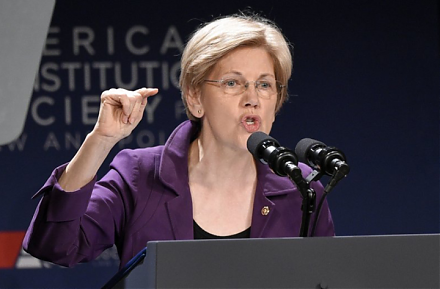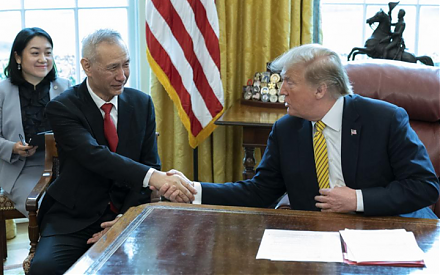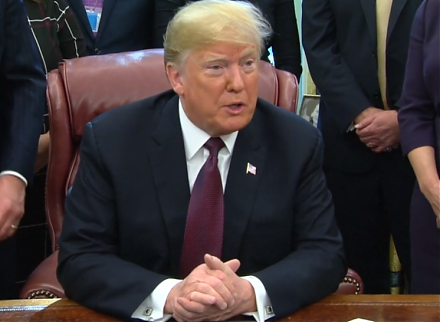

2017-12-09 08:37:00 Sat ET
treasury deficit debt employment inflation interest rate macrofinance fiscal stimulus economic growth fiscal budget public finance treasury bond treasury yield sovereign debt sovereign wealth fund tax cuts government expenditures
Michael Bloomberg, former NYC mayor and media entrepreneur, criticizes that the Trump administration's tax reform is a trillion dollar blunder because it adds another $1.5 trillion federal budget deficit to government debt over the next few years. The corporate tax cuts may restrict the U.S. government's ability to invest in education and infrastructure, may render health insurance more expensive, and may have no impact on real wage growth. Harvard public finance professor Martin Feldstein, however, says this tax overhaul is worth its costs because U.S. corporations will use their tax cuts to boost real wages and capex investments, and these firms will repatriate $2.5 trillion offshore cash to invest in job creation, manufacturing automation, and R&D innovation. In line with some economists' op-ed articles and blog posts on the probable effect of the Trump corporate tax cuts on real wage growth, a firm invests up to the point that the after-tax return on its labor and capital investments equates the return that investors require to allow the firm to expand its factor inputs. As the firm receives income tax breaks, it finances the purchase of new machines, plants, and computers. These capital expenditures make the typical worker more productive. Then the firm wants to hire more workers to run the new machines and computers etc. As a result, the typical firm raises real wages until the economy restores its steady state. Hence, tax cuts can effectively boost real wage growth ceteris paribus.
If any of our AYA Analytica financial health memos (FHM), blog posts, ebooks, newsletters, and notifications etc, or any other form of online content curation, involves potential copyright concerns, please feel free to contact us at service@ayafintech.network so that we can remove relevant content in response to any such request within a reasonable time frame.
2023-12-10 09:23:00 Sunday ET

U.S. federalism and domestic institutional arrangements A given country is federal when both of its national and sub-national governments exercise separa
2019-11-03 12:30:00 Sunday ET

Chinese trade delegation offers to boost purchases of U.S. agricultural products to reach an interim trade deal with the Trump administration. Chinese Vice
2018-04-02 07:33:00 Monday ET

China President Xi JinPing tries to ease trade tension between America and China in his presidential address at the annual Boao forum. In his vulnerable att
2018-11-25 12:37:00 Sunday ET

The Chinese administration delivers a written response to U.S. demands for trade reforms. This strategic move helps trigger more formal negotiations between
2019-10-01 11:33:00 Tuesday ET

The Trump administration postpones increasing 25% to 30% tariffs on $250 billion Chinese imports after China extends an olive branch to de-escalate Sino-Ame
2017-06-09 06:37:00 Friday ET

To complement President Trump's pro-business economic policies such as low taxation, new infrastructure, greater job creation, and technological in